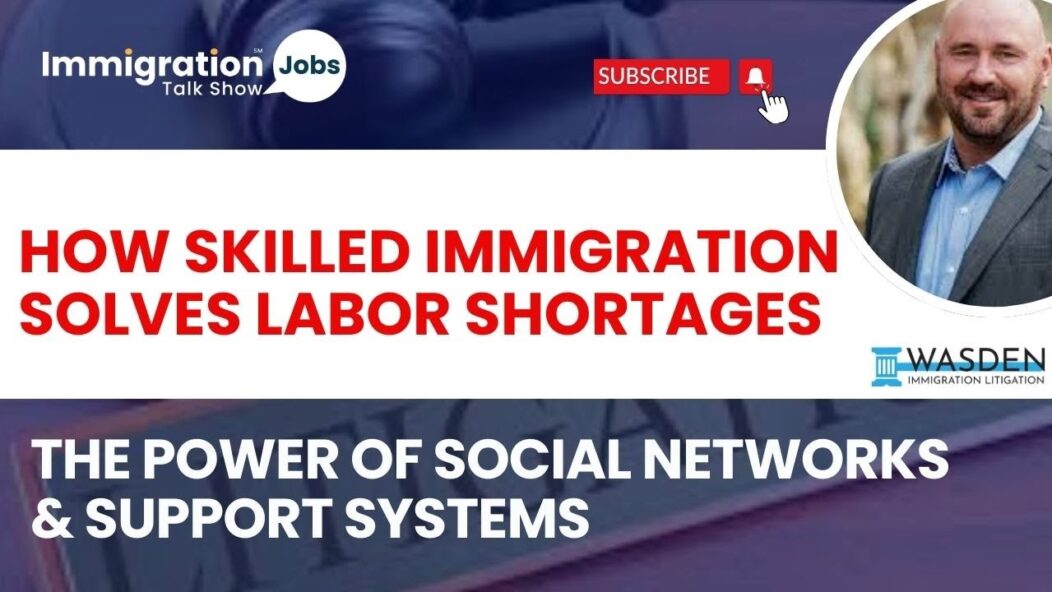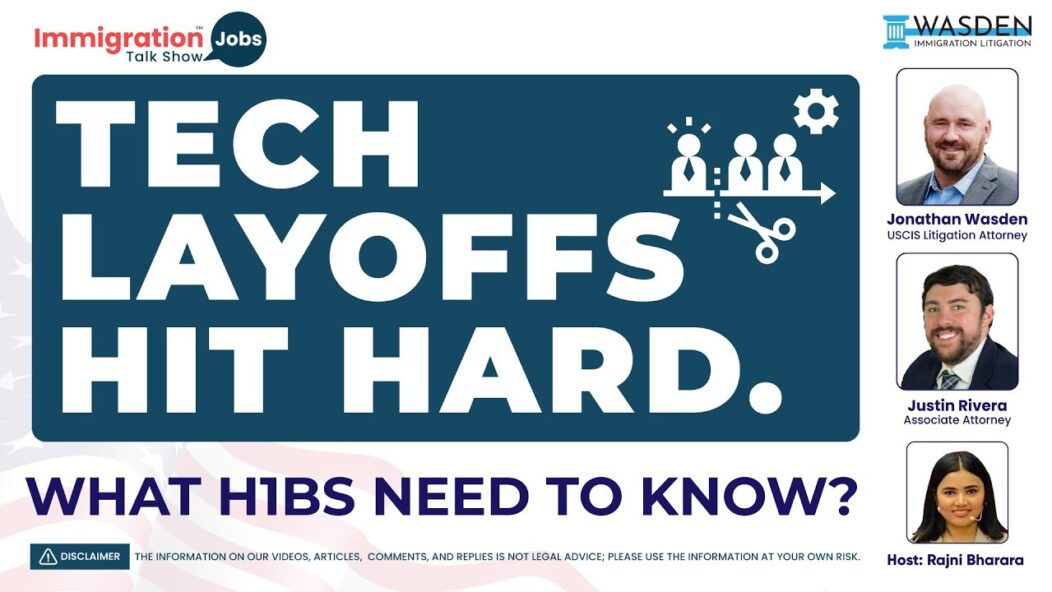The U.S. Citizenship and Immigration Services (USCIS) has introduced new guidelines to protect good faith investors in the EB-5 program, offering them more security against fraud and project failure. The EB-5 program, a popular option for foreign investors aiming to obtain U.S. residency, is vital for those seeking a faster pathway to a green card. This article analyzes the latest updates and their impact on investors, with a focus on legal safeguards and the role of immigration attorneys.
Key Takeaways:
- New Protections: USCIS has updated the EB-5 guidelines to protect good faith investors from project failures and regional center misconduct.
- Investment Flexibility: Investors whose regional centers are debarred can now reassociate with other centers and maintain eligibility.
- Legal Aid Role: Immigration attorneys are essential for navigating these updates and ensuring compliance with new USCIS rules.
- Increased Visa Availability: Due to visa carryover provisions, more EB-5 visas are available in FY 2024.
Context:
The EB-5 program, created in 1990, was designed to stimulate the U.S. economy by attracting foreign investment. Over the years, regional centers, which pool investor funds for large projects, have become a preferred route. However, due to fraud and mismanagement, many investors lost both their investments and their green card paths. This prompted Congress to pass the EB-5 Reform and Integrity Act of 2022, which introduced new measures to protect investors.
USCIS Updates and Investor Protection
USCIS has implemented significant updates in response to investor concerns. One key change is that investors whose regional centers or projects fail can now maintain their eligibility for U.S. residency by reassociating with another regional center. Under the new rules, investors can preserve their priority dates even when a project fails due to administrative issues. Furthermore, USCIS clarified that post-RIA investors only need to keep their investment “at risk” for two years, reducing the financial exposure required.
The latest updates from USCIS offer greater flexibility for investors and reduce the long-term risks tied to their EB-5 investment.
The Role of Regional Centers and Job Creation
The EB-5 program requires investors to either directly or indirectly create 10 full-time jobs for U.S. workers. Regional centers play a crucial role in facilitating these investments by pooling funds and managing large-scale projects. However, past failures and mismanagement in some centers have led to financial losses. The latest reforms ensure better oversight of regional centers to prevent fraudulent activities.
Enhanced oversight and compliance measures now reduce the risk of fraud and financial mismanagement, offering greater protection to investors.
Visa Availability and Impact of the Reforms
In fiscal year 2024, more EB-5 visas are available than ever before due to carryover provisions from previous years. The increase in visa availability presents more opportunities for investors, particularly in rural areas and Target Employment Areas (TEAs), which have reserved visa categories. This expansion is expected to make the EB-5 program even more attractive to foreign investors.
The increased visa availability under the EB-5 programs, especially due to carryover provisions, opens up more opportunities for investors.
Dos and Don’ts for EB-5 Applicants
Dos:
- Conduct thorough research: Ensure you fully understand the investment project, regional center’s track record, and job creation potential before committing.
- Consult with an immigration attorney: Legal experts can help you navigate the complexities of the EB-5 program and ensure compliance with evolving regulations.
- Keep your funds “at risk”: USCIS requires that the investment remains at risk for at least two years. Make sure the project meets this requirement.
- Monitor your investment: Stay informed about the progress of your investment and job creation metrics to meet immigration standards.
- Prepare proper documentation: Ensure all your documents, including financial statements and investment agreements, are accurate and complete for USCIS review.
Don’ts:
- Don’t overlook due diligence: Avoid choosing regional centers or projects without fully understanding the risks and potential returns.
- Don’t assume all regional centers are compliant: Not all centers meet USCIS guidelines, so avoid those with poor compliance records.
- Don’t ignore project updates: Failing to monitor your project’s progress could jeopardize your visa process, especially if job creation targets aren’t met.
- Don’t wait too long to reassociate after project failure: If your regional center is debarred, act quickly to reassociate with another to maintain eligibility.
- Don’t rely solely on project promoters: Independent legal and financial advice is essential for unbiased guidance and protection
The Importance of Legal Aid for EB-5 Investors
Given the complexity of the EB-5 process and the frequent updates in policies, legal aid is indispensable for investors. Immigration attorneys help guide investors through compliance issues, ensuring that they meet the new requirements under the EB-5 Reform and Integrity Act. Attorneys can also help investors reassociate with approved regional centers, amend petitions in case of project failure, and protect investors from falling victim to fraud.
Expert legal guidance is essential for safeguarding an investor’s pathway to permanent residency, particularly in cases of regional center failure or project issues
Conclusion:
The USCIS’ updated EB-5 guidelines offer enhanced protection for investors, helping them maintain eligibility for U.S. residency even in cases of regional center or project failure. However, the risks inherent in investment remain, making legal aid essential for safeguarding investor interests. With increased visa availability and a streamlined process, the EB-5 program continues to be a viable option for high-net-worth individuals seeking a U.S. green card.
FAQs:
- What are the new protections for EB-5 investors?
USCIS has introduced guidelines that allow investors to reassociate with another regional center if their initial center is debarred, preserving their eligibility for residency. - What is the minimum investment required for the EB-5 program?
Investors need to invest $800,000 in Targeted Employment Areas (TEAs) or $1.05 million in other areas, with the requirement to create 10 full-time jobs. - What happens if my regional center fails?
You can reassociate with another approved regional center to retain your eligibility for a green card, as long as the failure was not due to fraud or your own actions. - How has the EB-5 program changed under the Reform and Integrity Act?
The act introduced stricter oversight of regional centers and reduced the “at risk” period for investments, offering more flexibility for investors. - Do I need an attorney for the EB-5 process?
Yes, an immigration attorney can help ensure compliance with USCIS regulations, guide you through the reassociation process, and protect your rights as an investor. - What is the current visa availability under the EB-5 program?
For FY 2024, there are more visas available than in previous years due to carryover provisions, making it a favorable time for EB-5 applicants.
Contact Us
For more information or to schedule a consultation, visit our website at Wasden Law, Our experienced litigation attorneys are ready to fight for your rights and ensure your immigration journey is as smooth as possible.
🔍 Have questions or need advice? Drop a comment below! Our team is here to help. 🗣️💬
✉️ Connect with us for personalized guidance and support. Let’s navigate your immigration journey together. 🌐📩
💡 Curious about your specific case? Ask us in the comments and get expert advice tailored to your needs. 🧑⚖️📝
Disclaimer:
The information provided in this article is for general informational purposes only and does not constitute legal advice. While we strive to ensure the content is accurate and up-to-date, it is not a substitute for professional legal consultation. Immigration laws and regulations are subject to change, and their application can vary based on specific circumstances. We recommend scheduling a consultation with us to obtain advice tailored to your individual situation. The authors and publishers of this article are not responsible for any actions taken based on the information provided herein.
How useful was this post?
Click on a star to rate it!









